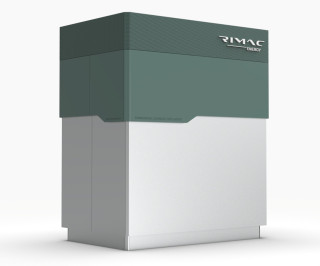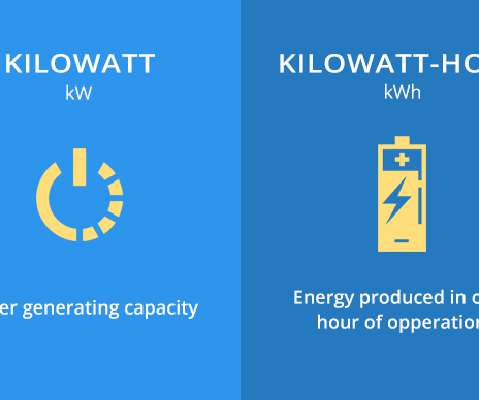Rimac Technology enters stationary energy storage systems market with launch of Rimac Energy
Green Car Congress
MAY 6, 2023
Additional technological benefits include improved cycle life, built-in redundancy for increased availability, as well as competitive material and installation cost. High volume ESS production shall begin in 2025 at the Rimac Campus in Croatia, scaling to more than 10GWh of annual production.












Let's personalize your content